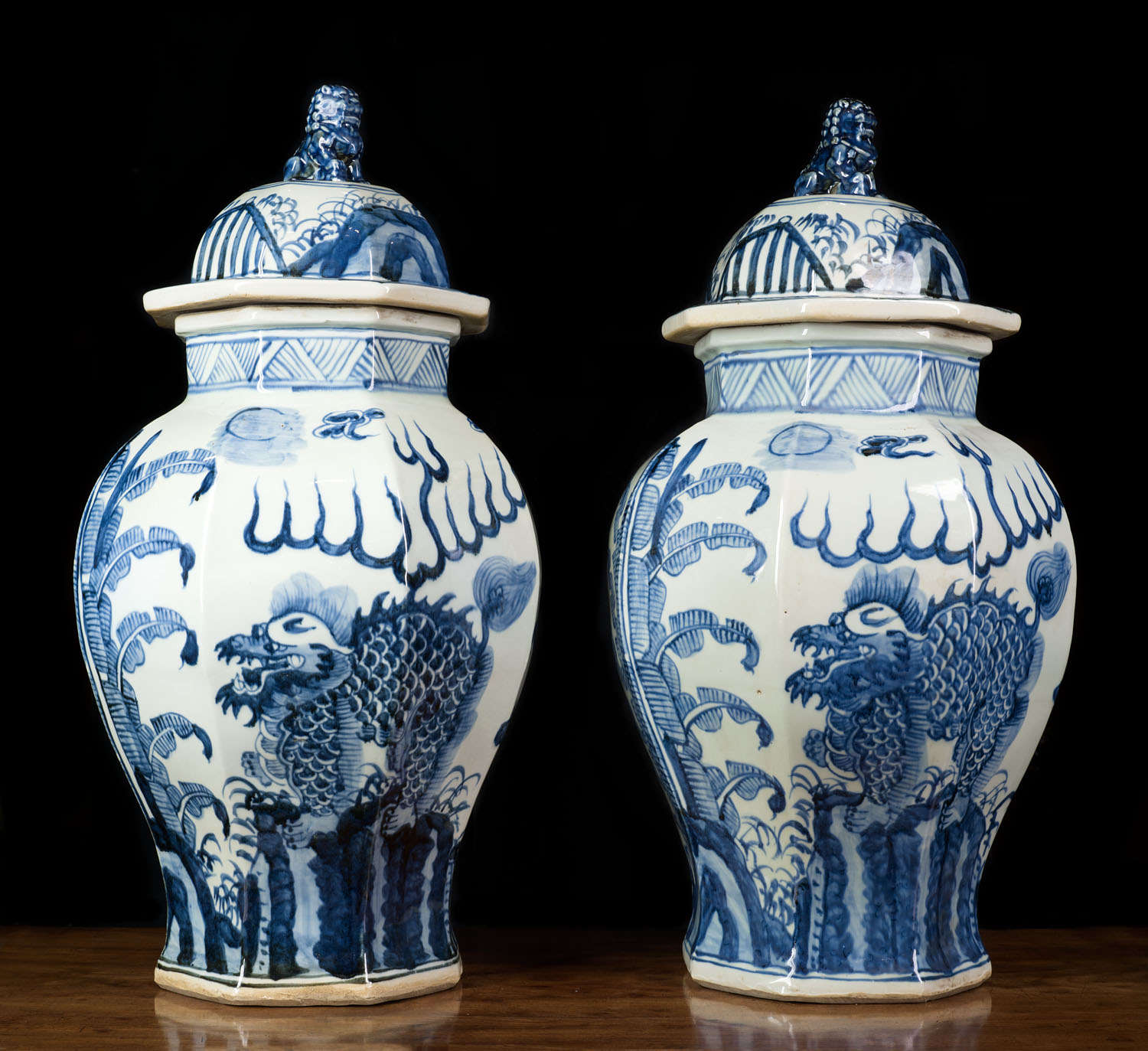You’ve just picked up some new antique pottery and noticed some markings on it but you have no idea what they mean.
No worries, we have you covered. This is your antique pottery marks identification guide, where we will explore antique pottery, the markings you can find on each piece, and their meanings.
What is antique pottery?
Antique pottery pieces often reflect the artistic styles and techniques prevalent during the era they come from

× 
Antique pottery refers to ceramic vessels, objects, or art pieces that were created several decades or even centuries ago, that are now considered collectible and historically significant.
What sets antique pottery apart from conventional pottery is its age, historical value, and the cultural context it was produced in.
Antique pottery pieces often reflect the artistic styles and techniques prevalent during the era they come from.
Unlike conventional pottery, which may focus on modern designs and mass production, antique pottery embodies the artistry and craftsmanship of earlier generations.
This is where antique pottery gains its value, making it cherished and sought-after among collectors and enthusiasts.
How to identify antique pottery
There are so many variations of pottery styles that it can be difficult to identify the piece you’re looking for.
Identifying antique pottery requires a keen eye for detail, knowledge of different pottery styles, and some research.
You want to take the right steps so you can be confident in your purchase and know how to spot fake antiques.
Things to look out for when trying to identify pottery pieces can include:
- The pottery's shape and style
- The base and foot of the pottery
- The condition of the piece
The shape and style of the piece can indicate when the piece was made. There were styles which were more popular during specific periods.
Inspecting the base and foot of pottery can reveal signs of wear, patina, or kiln marks, which can indicate age and authenticity.
It may be worth consulting reference books or online resources to compare your piece with similar items from the same era.
Lastly, seeking the opinion of experts or visiting antique appraisers can offer further insights and help confirm the true value and significance of the antique pottery piece.
Antique pottery marks: a brief history
These marks initially served functional purposes, indicating the maker's identity and workshop

× 
The practice of marking pottery dates back thousands of years, tracing its roots to ancient civilizations like the Egyptians, Greeks, and Romans.
These marks initially served functional purposes, indicating the maker's identity and workshop.
As trade expanded and pottery gained artistic significance, manufacturers began to incorporate more intricate and decorative marks that showcased their unique style.
Fast forward to the 18th and 19th centuries, in the height of the industrial revolution, pottery marks became standardised, reflecting a more structured and organised system of identification.
Major pottery centres across Europe and beyond adopted their own distinctive marks, providing a clearer understanding of the origins of each of these pieces.
Your antique pottery marks identification guide
When trying to identify antique pottery marks, examine any marks you find on a pottery piece and look for distinct letters, symbols or numbers.
Antique pottery marks come in a wide variety, reflecting the diverse origins and styles of pottery throughout history.
You may have to check antique pottery marks against reference books or online databases. Some common types of antique pottery marks include:
- Maker's Marks: These marks usually consist of the potter's initials, a monogram, or the full name of the pottery maker. These marks often show the artist responsible for creating the piece.
- Factory Marks: Factory marks are typically symbols or logos used by pottery companies to brand their products. These marks can help you find the manufacturer and the date range of production of your piece.
- Country or Region Marks: Pottery marks may include the name or initials of the country or region where the piece was produced. This can provide information about the geographic origin and cultural context of the pottery.
- Pattern or Design Marks: Some pottery carries pattern or design marks, representative of the specific decorative motif used on the piece. These marks can help identify particular styles associated with different time periods or artists.
- Date Codes: Some pottery marks include codes that indicate the year or decade of production. These codes can be used to determine the age of the antique piece.
- Decorator's Marks: Decorator’s marks indicate the individual responsible for adding additional decoration to a base piece.
- Ownership or Provenance Marks: In some cases, pottery may bear marks indicating previous ownership, provenance, or the purpose for which it was made, such as commemorative marks for special occasions.
Unidentified antique pottery marks
Despite the best efforts of researchers and collectors, some pottery marks remain unidentified
Despite the best efforts of researchers and collectors, some pottery marks remain unidentified.
These unidentified antique pottery marks can originate from smaller or lesser-known pottery workshops, or they may also be unique identifiers used by individual potters.
Conclusion of Identifying Antique Pottery Marks: An In-Depth Guide
Every mark, symbol, and initial etched into each piece of antique pottery has a story to tell.
The next time you come across antique pottery marks, don't overlook them – they might take you on a historical journey!
If you found value in our antique pottery marks identification guide you may also enjoy our antique jewelry identification guide, antique vase marking guide, or even our antique doll identification guide.
If you have any queries about our services or if you want more information on identifying antique pottery marks, don’t hesitate to contact us!